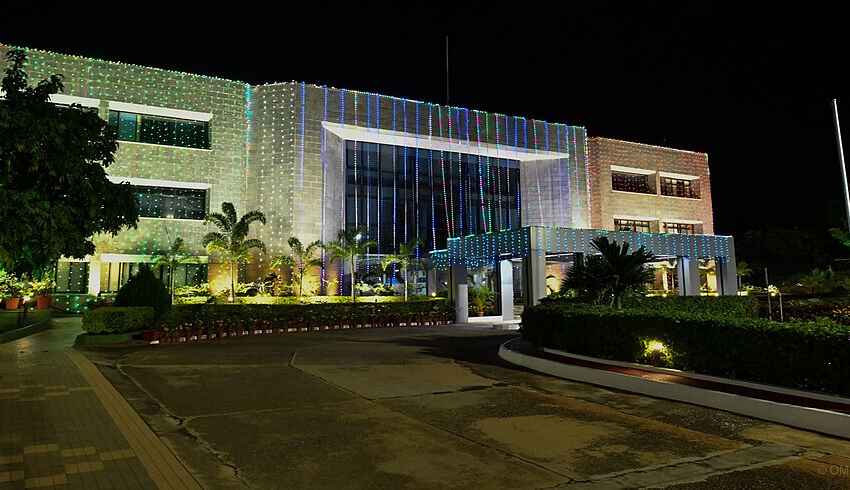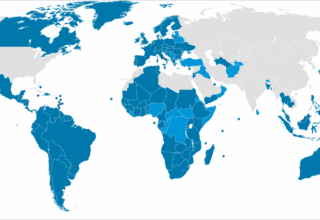
India’s space program has emerged as a formidable force in the global space race, showcasing remarkable progress in recent years as it has evolved into a beacon of innovation and ambition. The Indian Space Research Organisation (ISRO) has not only demonstrated technological prowess but has also achieved cost-effective innovations that rival some of the most advanced space programs in the world. Indeed, from the successful Chandrayaan-3 lunar mission to the pioneering SpaDeX experiment, India is scaling new heights in space exploration, while boosting its economic growth and global influence. As space becomes increasingly pivotal in geopolitics, India is carving out a significant role in the modern space era.
India’s space journey began in 1969 with the establishment of ISRO. Unlike the Cold War-driven space ambitions of the United States and the Soviet Union, India’s program initially focused on socio-economic development, using satellite technology for communication, weather forecasting, and resource mapping. Over the years, ISRO has gradually expanded its scope, achieving key milestones such as the Chandrayaan and Mangalyaan missions. One of India’s major achievements was the Mars Orbiter Mission (Mangalyaan) in 2014. It made India the first country to successfully reach Mars on its first attempt, and it did that with a way lower budget than similar missions by NASA and the European Space Agency (ESA).
In 2023, ISRO successfully launched Chandrayaan-3, landing near the Moon’s south pole, a region that remains largely unexplored. This success solidified India’s status as a key player in lunar exploration, paving the way for future deep-space missions. Moreover, ISRO’s collaboration with other space agencies, including NASA, ESA, and Russia’s Roscosmos, reflects India’s growing influence in space diplomacy.
India is becoming a real global competitor in the space race, where only major Superpowers such as the US, Russia, China, and the EU have competed so far. And it is doing so by boosting both the private sector and its national startup ecosystem: in 2024, 10 billion dollars were invested in space technology startups, and over 40 had already significantly contributed to space technology development, creating high-skill jobs (Mayuri, 2025). Private companies like Skyroot Aerospace and Agnikul Cosmos are also making strides in satellite launches and propulsion technology, offering low-cost, high-efficiency models that have boosted exports. Furthermore, through the establishment of the Defence Space Agency (DSA), India is strengthening its position in space security, keeping pace with global space powers.
Nonetheless, India is facing challenges in sustaining and expanding its space endeavors. For example, it still has limited budget allocation: it is indeed using only 0.04% of its GDP for space technology, in contrast to the 0.28% that the US is investing (Mayuri, 2025). Also, despite the fast advancement of its private sector and the growing demand for its national technology, India is still highly dependent on foreign resources: critical components like sensors and propulsion systems are often imported, making the country rely on international collaboration for advancing its own space exploration tools.
Budget constraints and technological competition are posing challenges to its progress. However, it is clear that India’s space program has transformed from a modest initiative into a major player in the global space race. By leveraging private sector participation, advancing cost-effective solutions for interplanetary missions, and strengthening defense capabilities, India is well on its way to asserting itself as a dominant force in the future of space exploration. Although it is still relying on international collaboration and on the import of fundamental resources, it is safe to say that in no time India will be able to reach a self-dependent system that will consolidate its position among elite countries. The question is no longer whether India can compete in the space race, but rather how far it can go in shaping the future of humanity’s cosmic ambitions.
Resources:
- Mayuri L. (2025) Current Affairs 2025 – India’s Space Programme, published by SuperKalam, available at: India’s Space Programme: Emerging as a Global Space Power
By The European Institute for International Relations















